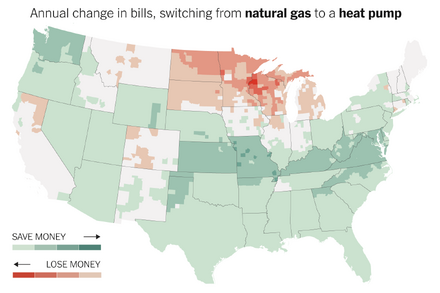The accelerating development and deployment of artificial intelligence (AI) technologies are increasingly confronting the urgent realities of climate change, raising concerns about the environmental footprint of this rapidly evolving field. The collision of AI’s burgeoning energy demands with global sustainability goals presents a complex challenge, prompting scrutiny from researchers, policymakers, and environmental advocates alike.
At the heart of this collision lies the immense computational power required to train and operate sophisticated AI models, particularly large language models (LLMs) and generative AI. These processes consume vast amounts of electricity, primarily housed in expansive data centers. The energy expenditure associated with these operations translates directly into a significant carbon footprint, depending on the energy grid’s reliance on fossil fuels.
Research has begun to quantify the environmental impact of AI development. A frequently cited study from the University of Massachusetts Amherst in 2019 highlighted the substantial energy consumption involved in training some large AI models.
“Training a single large AI model can produce carbon emissions equivalent to the lifetime emissions of five American cars, including their manufacture,” the researchers noted, illustrating the scale of the environmental challenge.
Beyond direct energy consumption, data centers also require significant water resources for cooling, especially in warmer climates. As AI infrastructure expands globally, the demand for both electricity and water intensifies, putting additional pressure on already strained natural resources. The global network of data centers is projected to grow substantially to support AI advancements, making their sustainability a critical concern.
The paradox of AI’s role in the climate crisis is also a central theme in this emerging discussion. While AI development itself is energy-intensive, AI technologies are simultaneously being hailed as powerful tools in the fight against climate change. AI can optimize energy grids, predict extreme weather events, model climate scenarios with greater accuracy, and accelerate the discovery of new sustainable materials. This dual nature positions AI as both a significant contributor to environmental impact and a potential catalyst for solutions.
Experts stress that navigating this collision requires a concerted effort to develop more energy-efficient AI algorithms, invest in renewable energy sources for data centers, and implement sustainable practices across the AI lifecycle. The ongoing dialogue seeks to balance technological innovation with environmental responsibility, ensuring that the advancement of AI does not inadvertently exacerbate the very climate challenges it could help solve.
Source: Read the original article here.





